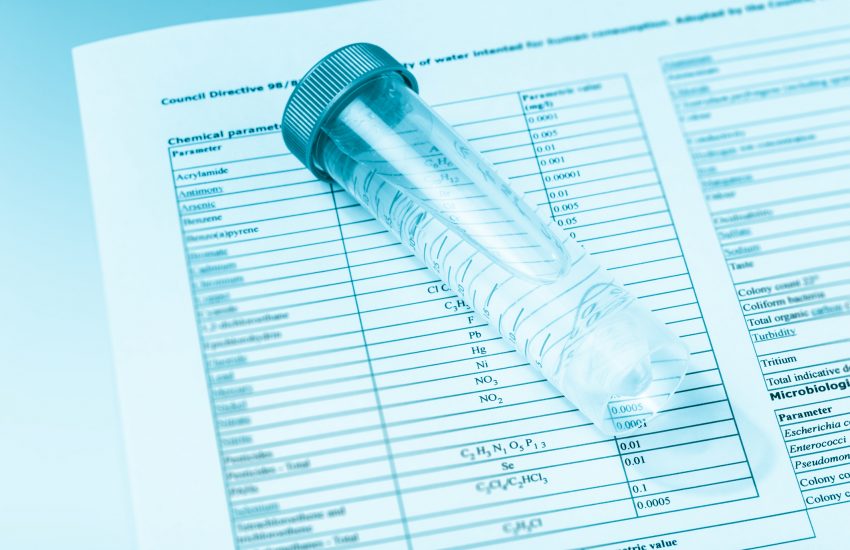On December 20, 2021, the U.S. Environmental Protection Agency finalized the Fifth Unregulated Contaminant Monitoring Rule (UCMR 5) to establish nationwide monitoring for 29 per- and polyfluoroalkyl substances (PFAS) and lithium in drinking water. Distilled to its essence, the new rule requires certain public water systems to collect data for 29 PFAS, as well as lithium, over a five-year period, with preliminary preparations beginning in 2022. According to the summary of the rule, published by the EPA, UCMR 5 “will provide new data critically needed to improve EPA’s understanding of the frequency that 29 PFAS (and lithium) are found in the nation’s drinking water systems and at what levels.”
By way of background, the Safe Drinking Water Act (SDWA) requires that every five years the EPA issue a list of contaminants not subject to any proposed or promulgated drinking water regulations, that may be or may be anticipated to be in public water systems, and which may require future regulation under the SDWA. Then EPA must require monitoring of such contaminants, and then determine whether or not to regulate same. Under Section 1412(b)(1)(A) of the SDWA, the EPA will regulate a contaminant in drinking water if:
- The contaminant may have an adverse effect on the health of persons;
- The contaminant is known to occur or there is substantial likelihood that the contaminant will occur in public water systems with a frequency and at levels of public health concern; and
- In the sole judgment of then Administrator, regulation of such contaminant presents a meaningful opportunity for health risk reduction for persons served by public water systems.
UCMR 5 applies to certain community water systems, which are defined as public water systems that have at least 15 service connections used by year-round residents or regularly serve at least 25 year-round residents. The rule will also apply to certain non-transient non-community water systems, which are public water systems that are not community water systems, but that regularly serve at least 25 of the same people over six months per year. UCMR 5 requires community water systems and non-transient non-community water systems serving more than 10,000 people to monitor, and, if appropriations are available, for small community water systems and non-transient non-community water systems serving between 3,300 and 10,000 people to monitor as well.
UCMR 5 provides a timeline for pre-sampling activity to take place in 2022, sample collection between 2023 and 2025, and post-sampling activity and completion of data reporting in 2026.
Of note, the list of 29 PFAS to be monitored include PFBS and GenX chemicals, for which the EPA recently released toxicity assessments in 2021 (reported by the Environmental Law Monitor here and here, respectively). The rule provides the minimum reporting level and analytical methods for each PFAS chemical within its text, which can be found, pre-publication, here.
The finalization of UCMR5 is yet another slow step towards setting a federal Maximum Contaminant Level (MCL) for PFAS chemicals, which may ultimately require corrective action on the part of public water system operators. With an MCL eventually in place, the economic impact will most certainly be felt with a rise in environmental pollution claims. Also, incorporating PFAS analyses will obviously have an economic impact on public water systems, but that impact will reverberate beyond public water systems when the regulated community has to contend with an onslaught of PFAS contamination claims in the years to come.

